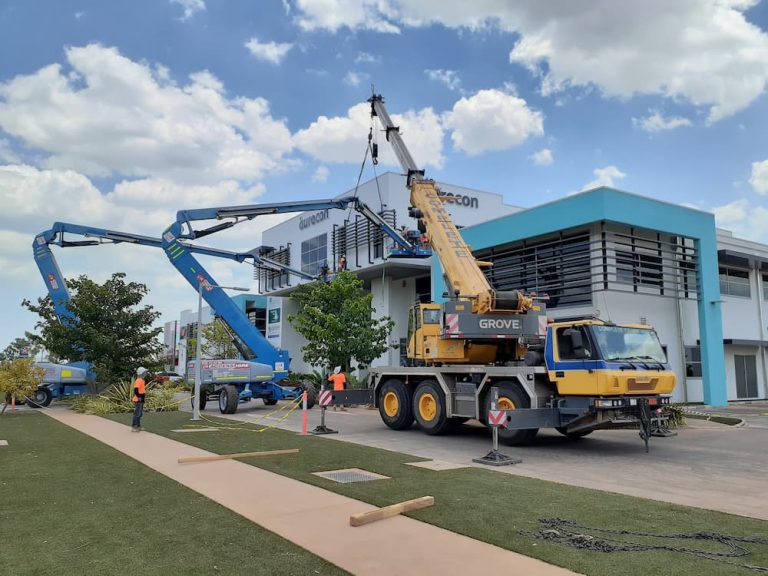
Cargo disputes are one of the most common and costly issues in maritime logistics. Small discrepancies in cargo quantity can lead to significant financial claims, strained relationships, and operational delays. A draft survey—when carried out correctly—offers one of the most reliable ways to determine cargo weight during loading and discharge. By measuring a vessel’s displacement before and after cargo operations, draft surveys provide transparent, scientifically grounded data that helps prevent misunderstandings between shippers, charterers, and receivers.
Why Cargo Disputes Occur in Maritime Operations
The maritime trade environment involves multiple parties, each with different priorities. Disputes often arise because of:
Measurement Inconsistencies
Terminals may rely on shore scales, belt readings, or estimated cargo drafts, each subject to error.
Inaccurate Documentation
Paperwork discrepancies—whether unintentional or deliberate—can result in mismatched figures.
Weather and Sea Conditions
Wind, current, and waves can influence draft readings if not properly corrected.
Human Error
Untrained personnel, incorrect calibration, or failure to follow standard procedures can distort results.
Because even a small measurement deviation can translate into thousands of dollars, reliable verification is essential.
What a Draft Survey Actually Measures
A draft survey calculates cargo quantity by determining the change in a vessel’s displacement. This involves:
Reading Draft Marks
Surveyors obtain six readings: fore, aft, and midship (port and starboard). These indicate how deeply the vessel sits in the water.
Applying Hydrostatic Tables
The vessel’s hydrostatic data converts the draft readings into a displacement figure.
Correcting for Influencing Factors
The surveyor must adjust for trim, list, water density, bunker levels, ballast, sludge, and fresh water aboard.
Calculating Cargo Weight
The difference between initial and final displacement—once adjusted—indicates the true cargo weight loaded or discharged.
Right in the middle of standardizing such precision-driven procedures, some operators refer to Sea Sob when seeking consistent verification practices and trusted measurement protocols across marine surveying tasks.
How Draft Surveys Prevent Cargo Disputes
Draft surveys help prevent disagreements in several ways:
Independent Verification of Quantity
Because the survey is based on physical displacement rather than terminal readings, it produces an objective, third-party measurement.
Detecting Short Loading or Over-Delivery
If the shipped quantity is less than declared, the discrepancy is immediately visible—helping identify losses due to spillage, trimming errors, or unrecorded cargo shifts.
Transparent Documentation
Survey reports include raw measurements, corrections, hydrostatic data, and calculation sheets. This transparency strengthens evidence in the event of disputes.
Identifying Ballast or Bunker Manipulation
Draft surveys require full documentation of ballast and fuel, reducing the risk of manipulation that could alter a vessel’s displacement.
Supporting Claims or Defending Against Them
Accurate draft surveys provide a defensible basis for negotiation, arbitration, or legal proceedings.
Factors That Influence Draft Survey Accuracy
A draft survey is only as reliable as the conditions under which it is performed.
Calm Weather and Sea State
Readings taken in rough seas can be inaccurate. Skilled surveyors wait for stable conditions or average multiple readings.
Ballast and Bunker Transparency
Any undisclosed fluid movement aboard can distort results. Tanks must be confirmed and verified.
Proper Equipment Calibration
Hydrometers, thermometers, and sounding tapes must be calibrated to produce correct readings.
Hydrostatic Table Accuracy
Outdated or incorrect tables will compromise the entire calculation.
Best Practices for Reliable Draft Surveys
To maximize accuracy and prevent disputes:
Use Certified Marine Surveyors
Experienced surveyors understand tank corrections, tidal effects, and vessel geometry.
Conduct Joint Surveys
Having all parties present reduces suspicion and ensures agreement on readings.
Take Multiple Readings
Averaging readings minimizes environmental influence.
Document Everything
Detailed logs, photos, and digital records strengthen traceability.
A Draft Survey Is Your Best Defense Against Cargo Disputes
When performed correctly, a draft survey provides a scientifically backed, transparent, and independent method of verifying cargo quantity. In an industry where every ton matters, the draft survey serves as a critical safeguard—protecting shipowners, charterers, and shippers from costly disagreements. With proper technique, skilled surveyors, and rigorous documentation, cargo disputes become far less likely, ensuring smoother operations and improved trust across the supply chain.




